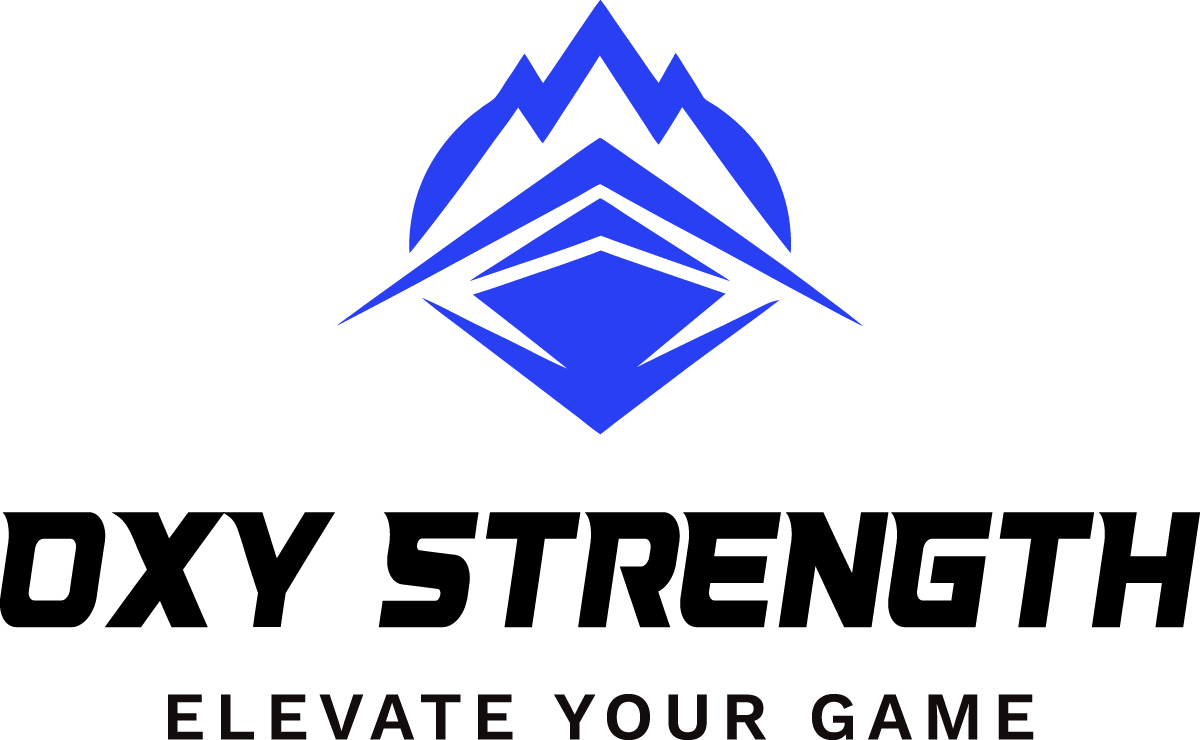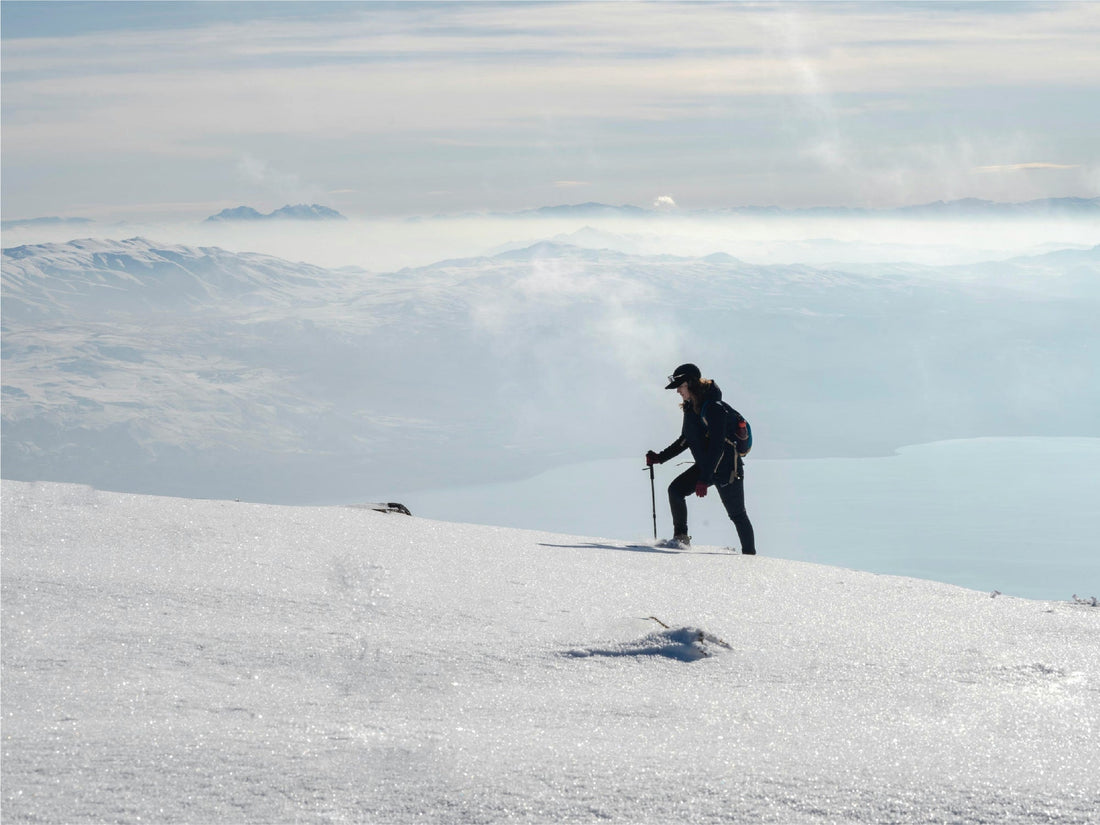For first-time high-altitude trekkers and climbers, the most common concern is often altitude sickness. It’s a real and serious condition that can impact anyone, regardless of their fitness level. Understanding its causes, recognizing its symptoms, and knowing how to prevent it are the first and most critical steps to ensuring a safe and enjoyable adventure.
A Proactive Approach to Altitude Clarity
What if there was a way to improve oxygen utilization *before* you even start your trek? If you're planning a trip to a high altitude (above 8,000 feet), your mental performance and oxygen utilization must be supported. Don't wait until the symptoms start.
High-Brain Boost is engineered with Ginkgo and Ginseng to be your essential pre-acclimatization ally. Ready to start your preparation?
SHOP HIGH-BRAIN BOOSTWhat is Altitude Sickness, and Why Does It Happen?
Altitude sickness, also known as Acute Mountain Sickness (AMS), is a group of symptoms that can occur when you ascend to a high altitude (typically above 8,000 feet or 2,500 meters) too quickly. The primary cause is hypoxia, or a lack of oxygen in the air. While the percentage of oxygen in the air stays the same, the air pressure decreases as you go higher. This means that with every breath you take, there are fewer oxygen molecules to be absorbed by your lungs, leading to a state of oxygen deficiency in your body.
Your body needs time to acclimate—to increase its red blood cell count and make other physiological adjustments to compensate for the reduced oxygen. When you don’t give it that time, you can experience a range of symptoms.
What are the Symptoms to Watch For?
Symptoms can be mild to severe and typically appear within 6 to 24 hours of ascending to a higher altitude.
Common (Mild) Symptoms:
These are often a sign that your body is struggling to acclimate. Don’t ignore them.
- A persistent, throbbing headache (the most common symptom).
- Dizziness or a feeling of lightheadedness.
- Unusual fatigue or feeling tired even after minimal exertion.
- Nausea, sometimes accompanied by vomiting, and a general loss of appetite.
- Difficulty sleeping or disturbed sleep patterns.
Serious (Severe) Symptoms:
Severe forms of altitude sickness, known as High-Altitude Cerebral Edema (HACE) and High-Altitude Pulmonary Edema (HAPE), are life-threatening medical emergencies. If you or someone in your group experiences any of these symptoms, you must descend to a lower altitude immediately and seek medical attention.
- Confusion, loss of coordination, or an inability to walk in a straight line (HACE).
- A severe, persistent cough, chest tightness, or shortness of breath at rest (HAPE).
- Unusual drowsiness, lethargy, or a change in mental state.
How to Prevent Altitude Sickness: Your Best Defense
Prevention is always better than treatment. Here are the golden rules for staying safe at altitude:
- Acclimatize Slowly: This is the most important rule. Plan your ascent with gradual elevation gains. The general guideline is to not increase your sleeping altitude by more than 1,000-1,500 feet (300-500 meters) per day once you are above 8,000 feet.
- Stay Hydrated: Dehydration is a major contributing factor to altitude sickness. Drink plenty of water and electrolytes throughout the day, even if you don't feel thirsty.
- Rest and Recovery: Listen to your body. Avoid strenuous activity during your first 24-48 hours at a new altitude to give your body time to adjust.
- Eat Well: Maintain a balanced diet rich in carbohydrates, which are a more efficient fuel source in low-oxygen environments.
-
Consider Proactive Measures: Pre-Acclimatization Support
Alongside slow ascent and hydration, science-backed nutritional support is vital. Look for formulas containing known botanicals like **Ginkgo Biloba** (for enhanced cerebral blood flow) and **Red Asian Ginseng** (an adaptogen to help manage physical stress). Starting an adaptogenic formula **2–4 weeks** before your ascent gives your body time to prepare and build resilience.
Focus on the Summit, Not the Struggle.
Understanding AMS is the first step; taking action is the next. If you're serious about peak performance and enjoying your high-altitude adventure safely, then mental preparation is non-negotiable. Our High-Brain Boost formula is the simplest way to gain your:
- ✓ Enhanced Oxygen Flow
- ✓ Helps Acclimate Fast
- ✓ Stress Defense Ally
One More Tip: Prioritize Deep Sleep (Cross-Sell)
Proper recovery is essential to acclimatization. For those who struggle with disturbed sleep at new altitudes, consider our targeted nightly formula to help your body manage recovery while you rest. **Shop Restful Nights for Recovery**
Learn more about the science behind the formula here.

